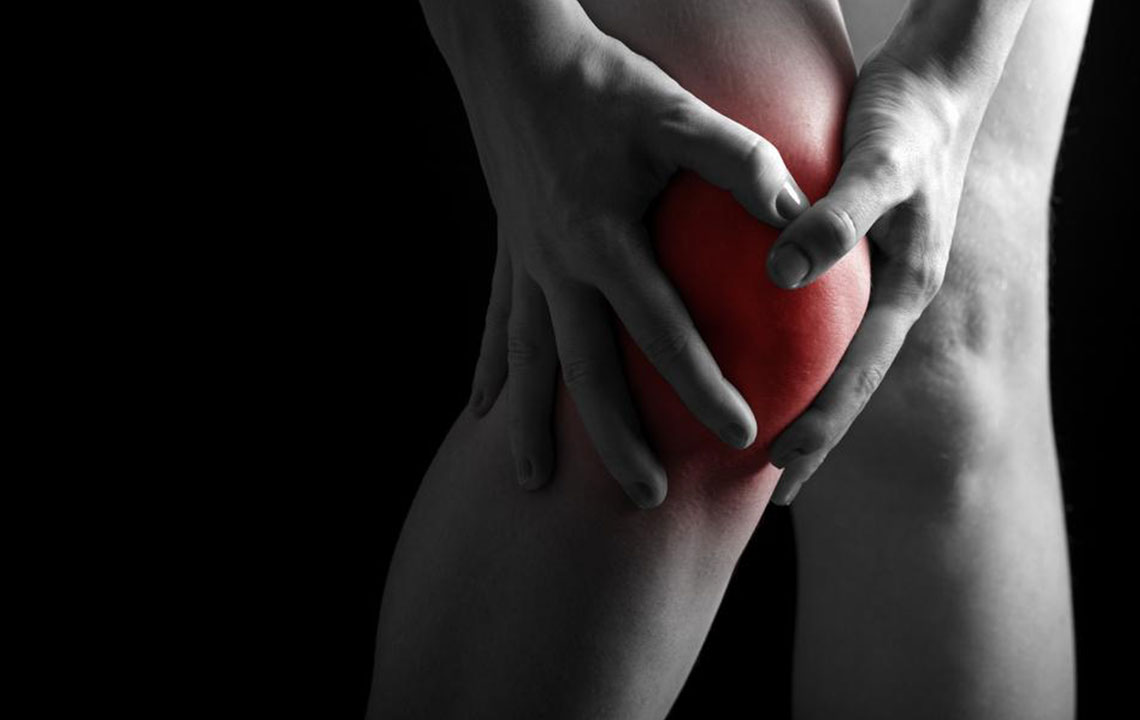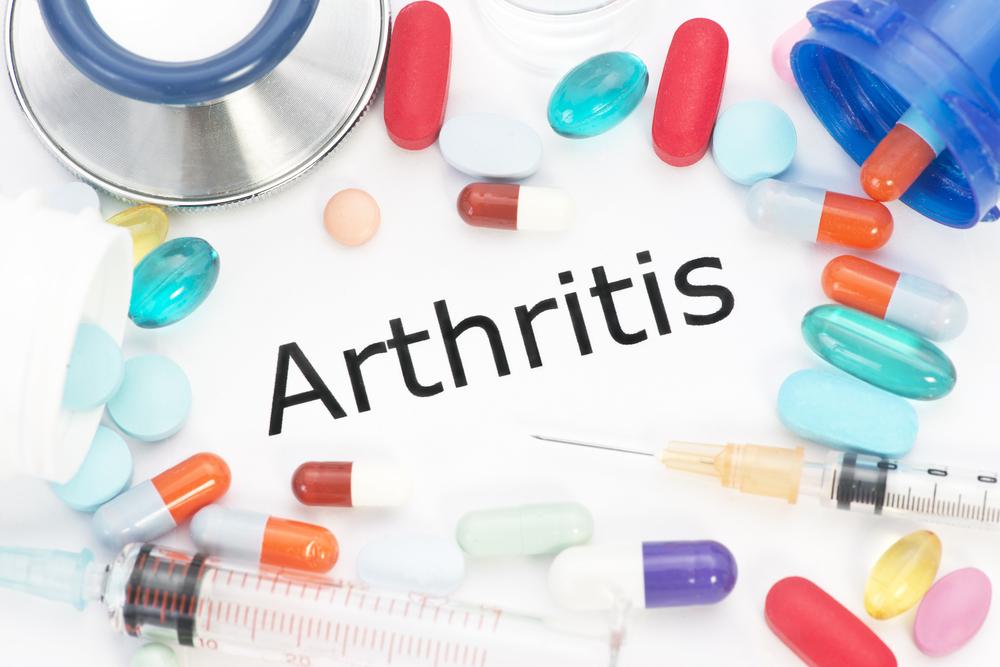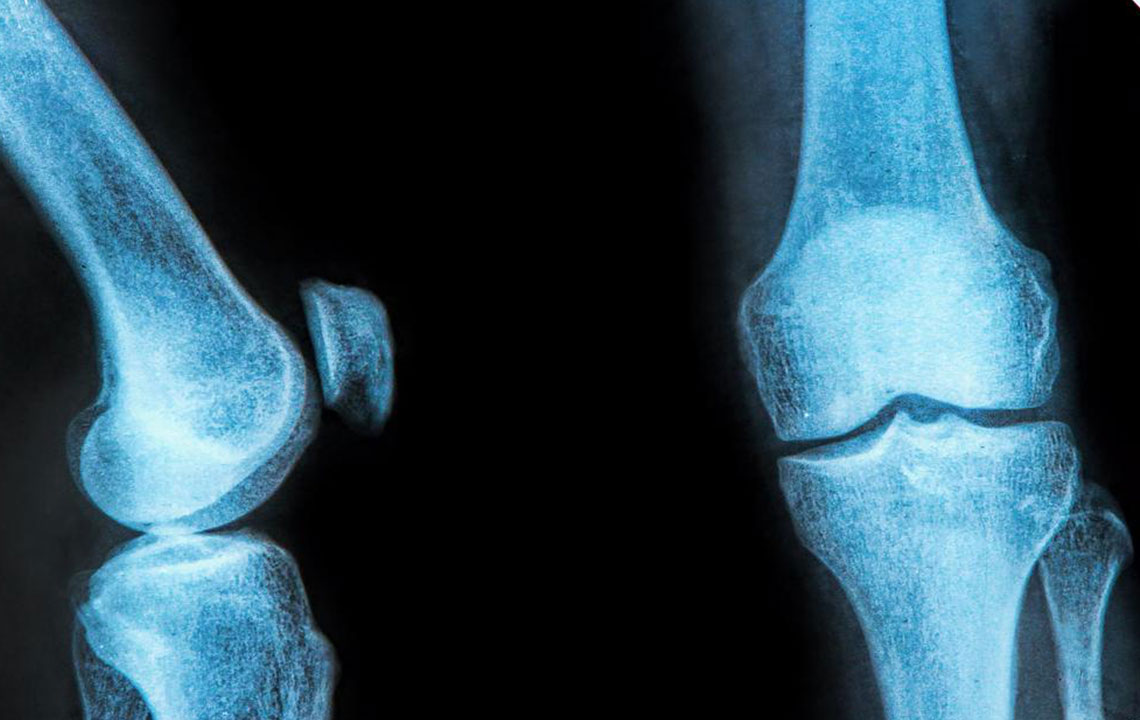Comprehensive Guide to Meniscus Tears: Symptoms, Causes, and Effective Treatment Options
This comprehensive guide explores meniscus tears, their causes, symptoms, and effective treatment methods including both non-surgical and surgical options. It emphasizes the importance of early diagnosis, rehabilitation, and preventive measures to protect knee health, aiding individuals in maintaining mobility and reducing future joint issues. Aimed at those active in sports or experiencing knee discomfort, this article provides valuable insights for managing meniscus injuries effectively.

Comprehensive Guide to Meniscus Tears: Symptoms, Causes, and Effective Treatment Options
The human joints, particularly those in the legs, play an essential role in maintaining our upright posture and facilitating everyday movement. Among these, the knee joint holds significant importance due to its complex structure and load-bearing function. Over time, repetitive movements, aging, and physical stress can weaken these joints, leading to discomfort, pain, and decreased mobility. One of the most common issues affecting knee health is a meniscus tear, a prevalent injury among athletes and active individuals.
Understanding the intricacies of meniscus injuries is vital for early diagnosis and effective management. The meniscus is a C-shaped piece of cartilage located between the thigh bone (femur) and shin bone (tibia). Its primary functions include cushioning, stabilizing the joint, distributing weight, and facilitating smooth movement. When this cartilage sustains damage, it can cause a range of symptoms from mild discomfort to significant functional impairment. Prevention and timely treatment are crucial in preserving joint health, preventing further damage, and ensuring optimal mobility.What Causes Meniscus Tears?
Meniscus tears often result from specific physical activities or traumatic injuries. Sports that involve sudden twists, turns, or pivots such as soccer, basketball, tennis, and skiing are common contributors to meniscal damage. Additionally, activities that involve heavy lifting, squatting, or rapid direction changes can increase the risk. These actions exert excessive pressure on the knee joint, leading to tears in the cartilage.
Furthermore, aging naturally weakens the cartilage tissue, making it more susceptible to tears even with minor injuries or movements. People with prior knee injuries or degenerative joint conditions are at higher risk of developing meniscus tears. Obesity also plays a role, as increased body weight places additional stress on the knee joint during everyday activities, accelerating cartilage wear and tear.Recognizing the Symptoms of Meniscus Injury
Early recognition of meniscus tears is vital to prevent worsening of the condition. The symptoms can vary depending on the severity and location of the tear, but some common indicators include:
Intense pain during knee movement: The affected knee becomes painful, especially when twisting or flexing the joint. This pain can range from mild discomfort to severe pain that hampers mobility.
Swelling and puffiness: The knee often appears swollen, which is a sign of inflammation. Swelling can develop gradually or appear immediately following injury.
Feeling of instability or giving way: The knee may feel unstable or as if it might buckle under weight, particularly during weight-bearing activities.
Knee stiffness and limited range of motion: Movement may become restricted, and stiffness can persist, especially after periods of rest.
Audible grinding or popping sounds: Unusual sounds during knee movement, such as cracking or popping, often indicate damage to the cartilage.
Effective Treatment Strategies for Meniscus Tears
Managing a meniscus tear depends on the extent of damage, the patient’s age, activity level, and overall health. Treatment options range from conservative measures to surgical interventions.
Non-Surgical Treatments
For minor tears or in cases where symptoms are manageable, non-invasive methods can promote healing and reduce discomfort. These include:
Rest and activity modification: Avoiding activities that exacerbate pain helps prevent further damage until the knee stabilizes.
Ice and heat therapy: Applying ice packs reduces swelling and alleviates pain, especially in the initial stages. Hot packs can help relax muscles and promote blood flow during recovery.
Use of knee braces: Stabilizing the knee with a brace provides additional support, prevents further injury, and helps in maintaining proper alignment.
Physical therapy: Targeted exercises and stretches can strengthen surrounding muscles, improve stability, and promote healing.
Medications: Nonsteroidal anti-inflammatory drugs (NSAIDs) can aid in pain relief and reduce inflammation.
Surgical Options
In cases where conservative therapy fails or the tear is severe, surgical intervention may be necessary. The most common procedure is arthroscopic meniscus repair or removal, depending on the nature of the injury.
Arthroscopic Meniscus Repair: Small incisions allow a surgeon to sew or reattach the torn cartilage, preserving as much of the meniscus as possible. This approach is preferred for younger patients with stable tears.
Meniscectomy: Partial removal of the damaged meniscus may be performed if repair isn’t feasible. While effective in relieving symptoms, it may increase the risk of future osteoarthritis.
Postoperative rehabilitation plays a critical role in recovery. Physical therapy aids in restoring strength, flexibility, and function, reducing the chances of re-injury.
Prevention Tips for Meniscus Injuries
In addition to treatment, preventive measures can significantly decrease the risk of meniscus tears. These include:
Regular strengthening exercises: Focus on muscles supporting the knee, such as quadriceps and hamstrings, to enhance joint stability.
Proper warm-up and stretching: Preparing the joints and muscles before physical activity reduces strain.
Maintaining healthy weight: A balanced diet and active lifestyle help lessen stress on the knees.
Using appropriate footwear: Supportive shoes improve biomechanics and reduce injury risk during sports or exercise.
Avoiding risky movements: Learning correct techniques and avoiding sudden twists can prevent cartilage tears.
Addressing meniscus injuries promptly with appropriate treatment and preventive strategies is essential for maintaining healthy joints, reducing pain, and ensuring continued mobility. Early intervention not only alleviates current symptoms but also protects the knee from future degenerative conditions, promoting overall joint longevity and quality of life.





